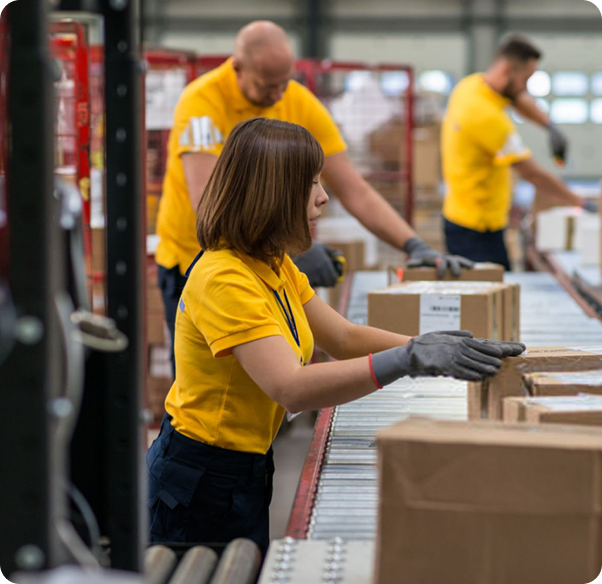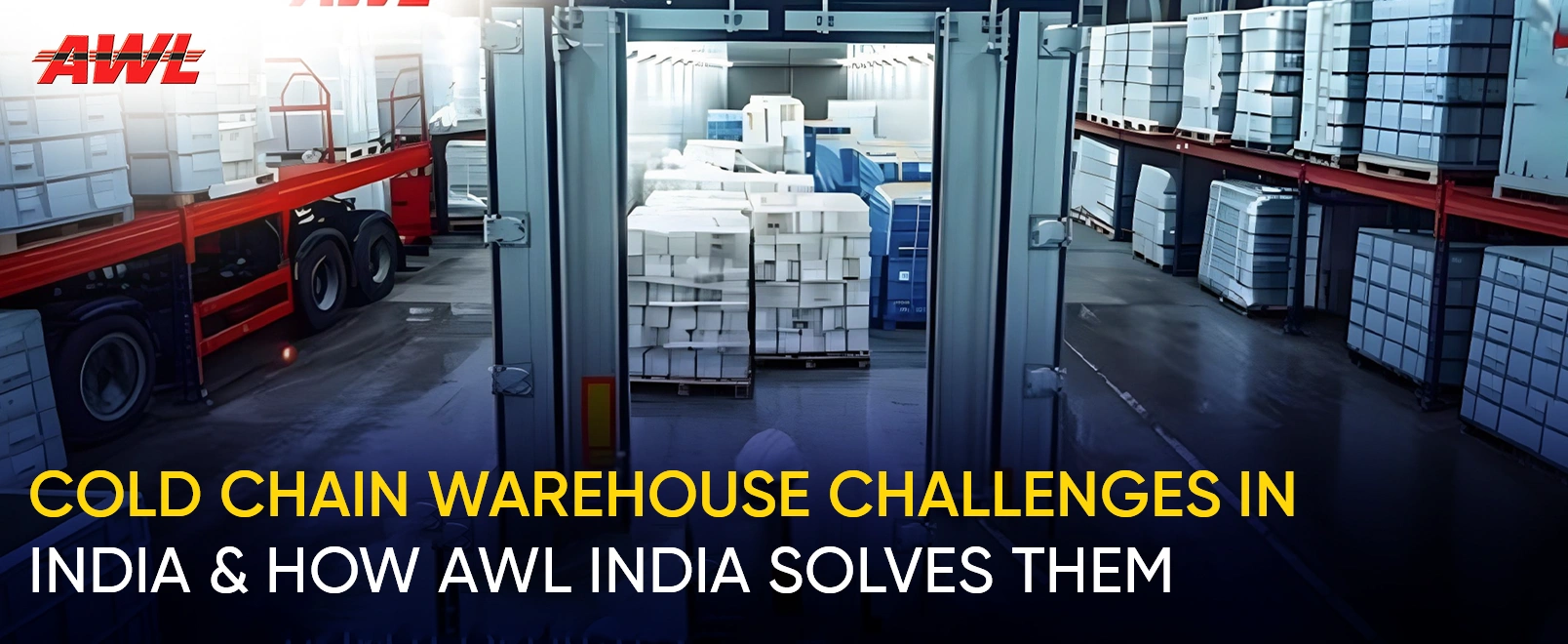
India is one of the largest producers of food and pharma products. Many of these items need careful handling during storage and transport. They need a constant low temperature. If the temperature goes up for even a short time, the items can spoil. Many businesses struggle to keep everything under control. Long distances and hot weather make it even harder. In this blog, we will discuss the major issues in this space and how solutions are helping improve outcomes.
Power Outages and Infrastructure Problems
Many warehousing companies in India face frequent power cuts. When electricity fails, the cooling systems stop working. The temperature in the storage rooms rises, and that affects the safety of the stored goods. Backup generators do not always start on time. Some locations still use outdated systems. The situation gets worse when the facility is in a remote area. These places also face weak road networks, which slow down deliveries.
Lack of Trained Workforce
Some cold warehouses hire staff with limited experience. Working in low temperatures requires special skills and strong planning. Workers must follow strict rules. They also need to check equipment regularly. If they do not follow the right steps, it leads to losses. Many accidents happen just because workers cannot use the machines properly. They need better training to understand and manage the entire operation easily.
Communication Gaps Across the Network
A well-performing cold chain needs strong communication. Many firms use old tracking systems. They cannot track trucks in real time. Some do not store data in an easy digital format. Drivers may forget to inform their manager when they face problems on the road. Businesses then take action too late. As a result, important goods often arrive late or in bad condition.
Temperature Fluctuations During Transport
Even a short variation in temperature can harm sensitive goods. In some areas, vans get stuck in long traffic jams. Most units have older insulation. The cooling power reduces after a few hours. This is a serious risk for products like vaccines and fresh vegetables. Cold chain logistics must ensure that goods remain at the right temperature until they reach the final point.
High Operational Cost
Running these warehouses requires heavy investment. Companies spend a lot on energy, staff salaries, and maintenance. It is hard to keep a balance between service quality and cost. Fuel price keeps changing. Spare parts for cooling machines are expensive. Many small firms cannot keep up. Big brands that use cold chain logistics also lose money when facilities fail to meet delivery needs.
Regulatory Compliance Issues
There are clear rules on handling temperature-sensitive items. Some facilities fail audits because they do not maintain proper records. They may not follow safety guidelines. When the government imposes penalties, both service providers and customers suffer. Firms in cold chain logistics sometimes do not keep proper documents, which causes further delays in the supply cycle.
Lack of Integration Between Storage and Delivery
Some warehouse operators focus only on storage. Others work only on transport. This approach breaks the flow. There is no single point of control. The cold chain logistics system stops working smoothly. Information does not travel fast. Product handling becomes slow. There are gaps in handling and monitoring.
How AWL India Solves These Challenges
AWL India offers smart and modern solutions. They use advanced reporting systems to track all movements. They connect storage units and delivery vehicles with digital technology. Using simple dashboards, managers monitor the location, temperature, and delivery status of every shipment. If something goes out of range, they receive a quick alert. This reduces product loss and keeps the system smooth.
Advanced Technology for Real-Time Monitoring
AWL India uses remote tracking devices. These read and record the temperature of stored goods. They give updates in real time. If there is a power failure, an alarm goes to the control office. The team can take quick action. It also helps keep proper records for audits. This is an important step in cold chain logistics. It also builds trust with clients who need proof of product safety.
End-to-End Integration
The company connects warehousing and transport units. Their service covers the entire route. They manage loading, storing, and delivery using a single system. Because of this integrated process, there is less confusion. Any problem is identified early. This kind of approach improves supply chain process management and makes the overall service more reliable.
Efficient Power and Backup Systems
AWL India maintains strong power backup solutions at all facilities. They check machines on a regular basis. They replace old insulation and install new cooling systems. These steps keep the temperature constant for long hours. It also lowers energy consumption in cold chain logistics and saves costs in the long run.
Trained Workforce and Clear Rules
The company trains its staff to handle goods at low temperatures. They teach them how to use machines carefully. They also show them how to follow safety and hygiene rules. All staff members follow one standard process. This reduces confusion in daily work and prevents accidents. It also increases the life of cold equipment.
Improved Communication and Transparency
AWL India provides tools for easy reporting. Drivers update their status with just a few taps on a device. Warehouse workers also send regular temperature reports. Managers see all updates in one place. This supports good decision-making and smooth operations. It improves the delivery performance in cold chain logistics across long routes.
Compliance and Strong Audit Support
The company keeps accurate records of each delivery. Every product has a digital log showing time, place, and temperature. All documents stay ready for audit at any time. Regulatory inspections go smoothly. This helps clients avoid penalties and delays from external checks and makes AWL India a trusted partner.
Modern Fleet and Route Planning
The company uses vehicles made specially for low-temperature transport. They use route planning tools. These tools help pick the shortest path based on weather and traffic. They also reduce travel time. All vehicles stay in good condition with regular maintenance. It ensures safe transport and helps reduce energy use in cold chain logistics.
Conclusion
Cold storage and transport in India face many challenges. Some warehouses use old machines. Some areas lose power often. Staff may not know how to handle sensitive goods. Information travels slowly between teams. These factors make it hard for businesses. But modern tools and smart planning make things better. AWL India uses digital tracking, trained staff, and strong planning to bridge the gaps. Their integrated operations improve results. They help clients meet delivery timelines and reduce waste. Their process also increases trust and helps build a strong future for the cold storage sector in India.

Depreet Singh
Digital Tech Head


